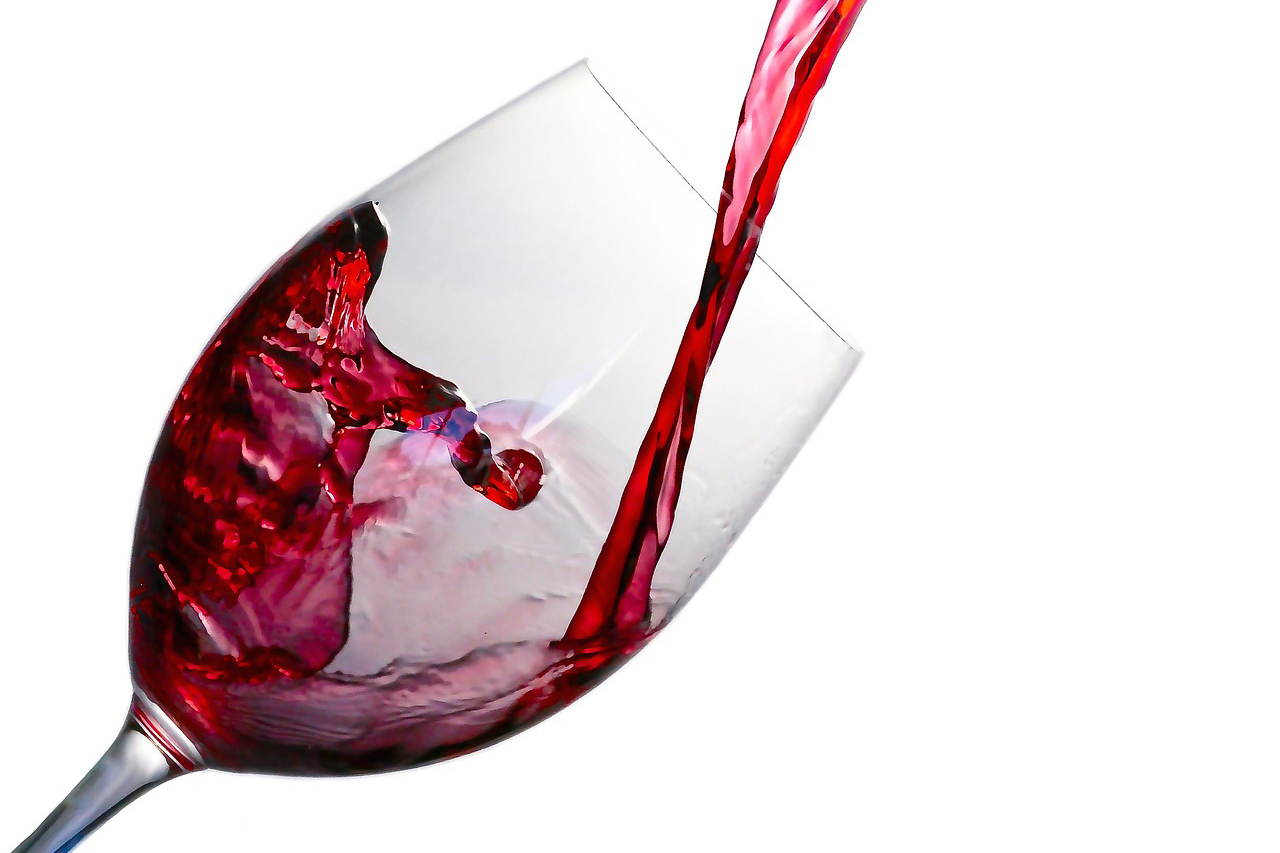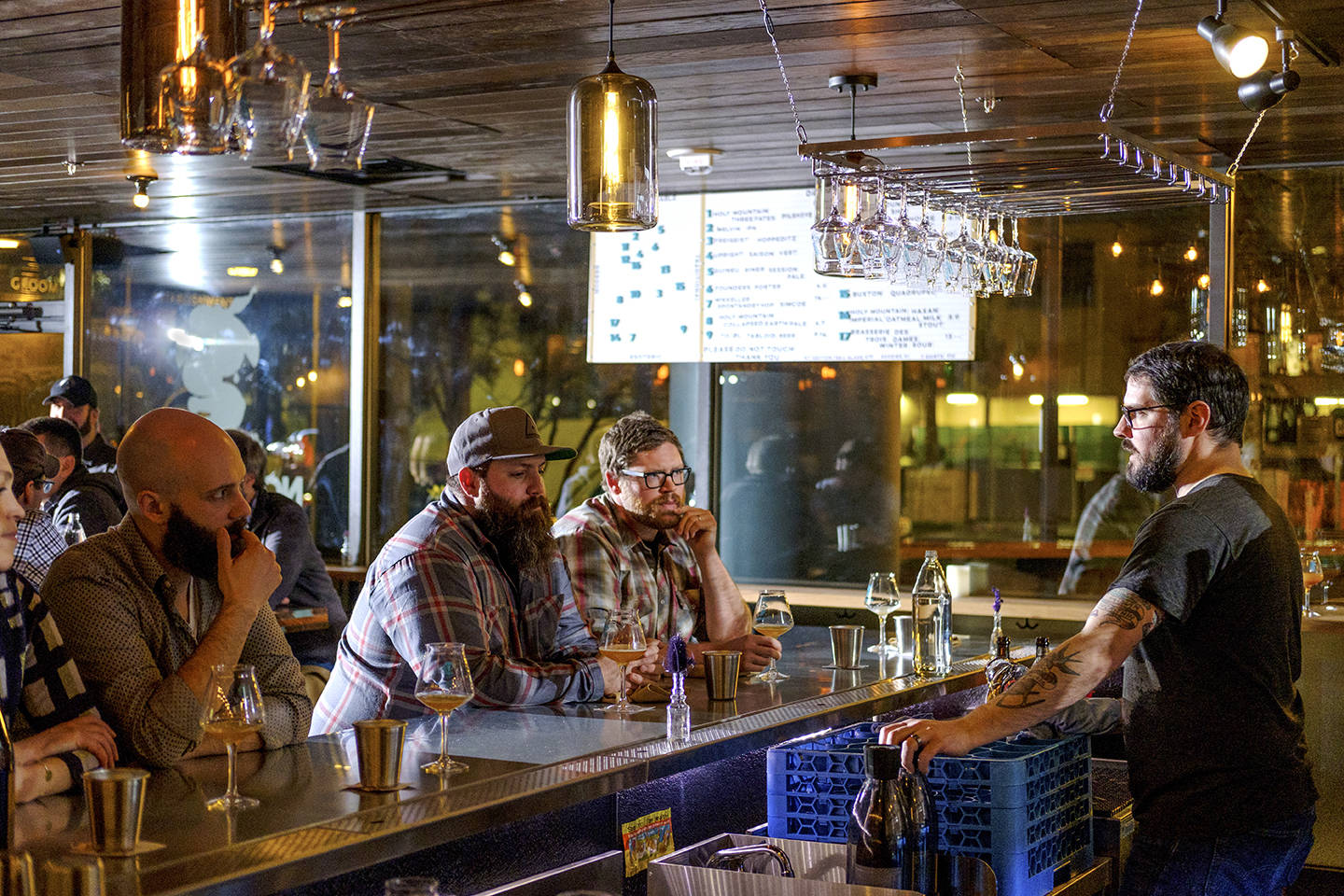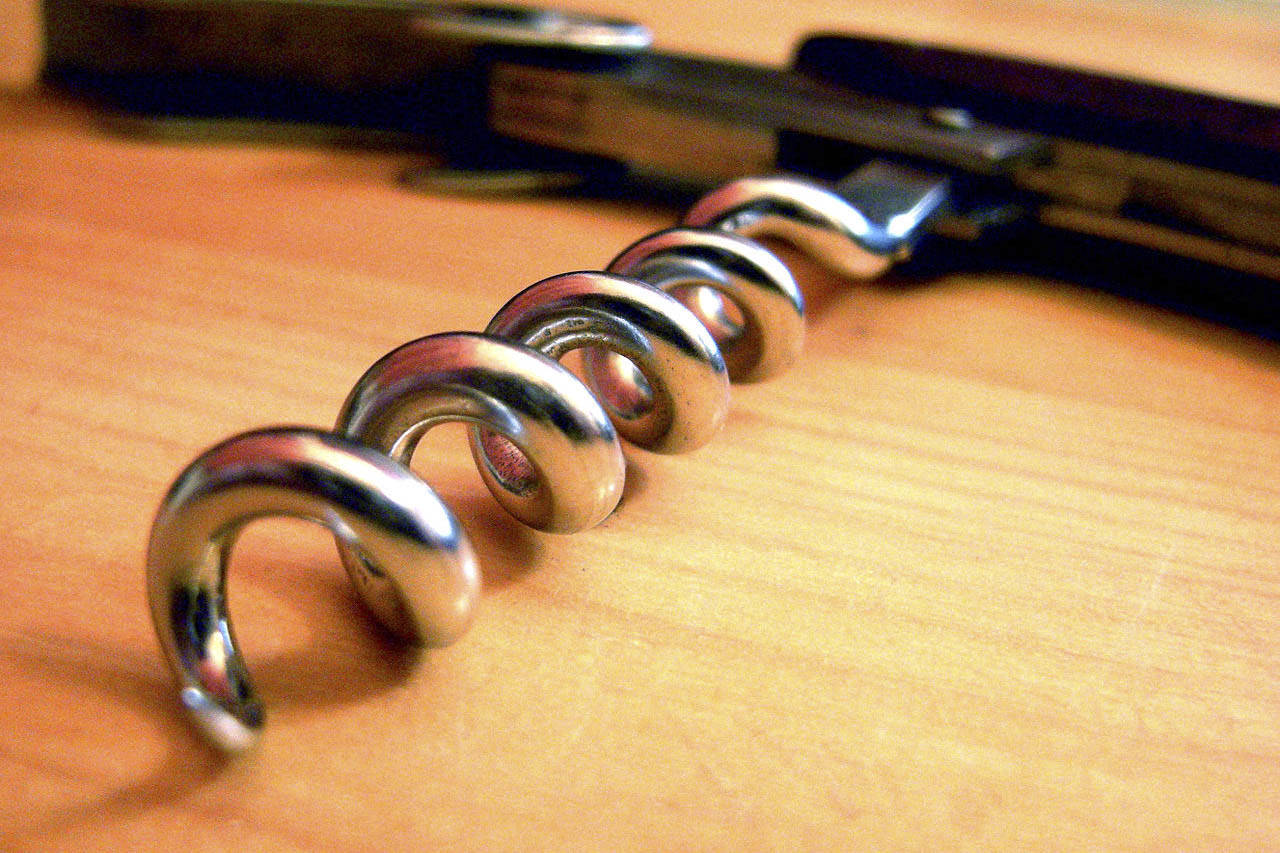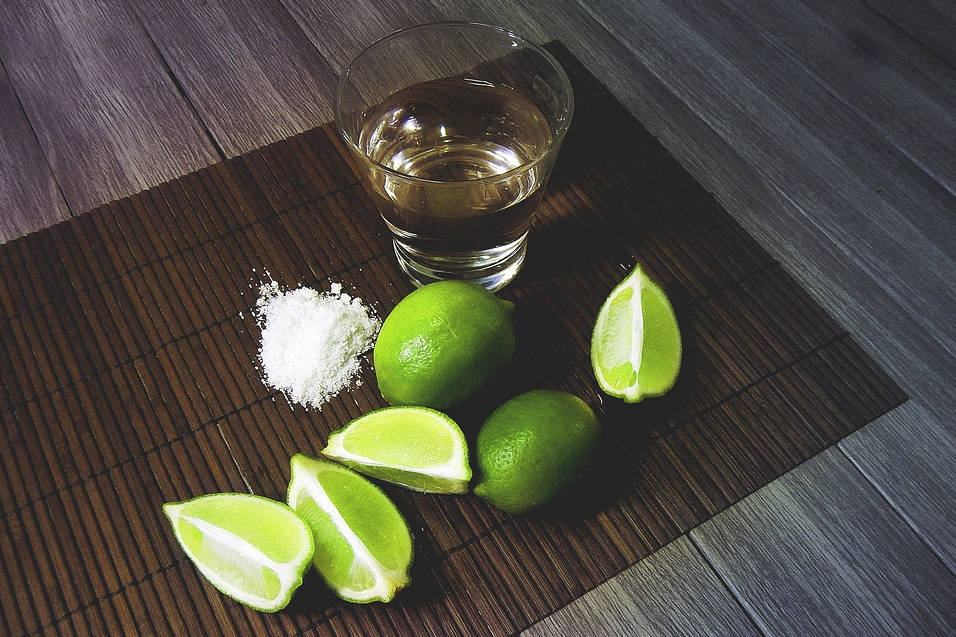A change is rippling through the Seattle wine industry, even if the average consumer isn’t aware of it. Over the past year, a number of Washington wineries have switched from selling their wine to a distribution company to selling it on their own. The move deserves a bit of discussion, because it might have an interesting impact on Seattle’s wine landscape.
Two interconnected reasons illustrate why this is happening. As more and more wineries open in Washington (seriously, we’re at nearly a thousand), the competition has only gotten fiercer for business in Seattle, the single most important market for nearly all of them. A glut of wineries means a glut of wine, and the risk for any individual winery is that a distributor won’t be all that motivated to sell its wines. Alternatively, a distributor might pressure a winery to sell its wine for less, because it’s simply harder to sell any given wine in the current market.
There’s also been a reshuffling of the distributor landscape in Seattle, especially with the 2011 privatization of liquor sales. Where once a restaurant had to buy all its liquor directly from the state, now it buys from distributors. This has tended to favor the distributors that carry recognizable liquor brands, which unsurprisingly are often large companies that rarely have much interest in any but the biggest or most prominent Washington wineries.
For many wineries, the math has also become undeniable. If you sell your bottle of wine to a distributor for $10 and it sells it to a restaurant for $13, well … there’s 30 percent more profit you’re potentially missing out on. While opting to pay someone to sell and deliver your wine instead might be costly, as long as you’re moving a decent volume you’ll probably be better off in the long run.
The challenge, though, is cutting through the noise. In a city of endless restaurant openings, getting your foot in the door can be immensely challenging. I can speak from personal experience as a buyer: My tasting calendar is almost comically full. The value of distributors, besides handling the nuts and bolts of actually distributing wine, is that they can put interesting wine in front of interested buyers. Self-distribution tends to limit a winery’s potential outlets for its product, unless it has a tremendous reputation or a very well-connected salesperson.
So why does any of this matter to you? My concern is that it will have a bit of a chilling effect on wine lists. I’m as eager as any to seek out new wines, but it can be a tiring and tedious process. While some self-distributed wineries do a great job of filling orders, I’ve had plenty of experiences where what I order and what I get delivered are at odds with one another. Obviously that can happen with a distributor as well —and oh, do I have stories— but in a business as complicated and finicky as the restaurant trade, people like myself often will avoid further complications whenever possible.
That said, this seems like a change that’s almost impossible to avoid. The math just makes too much sense for many wineries, and while it might make my schedule all the more taxing, at least I get a glass of wine or two to make up for it.
barcode@seattleweekly.com








